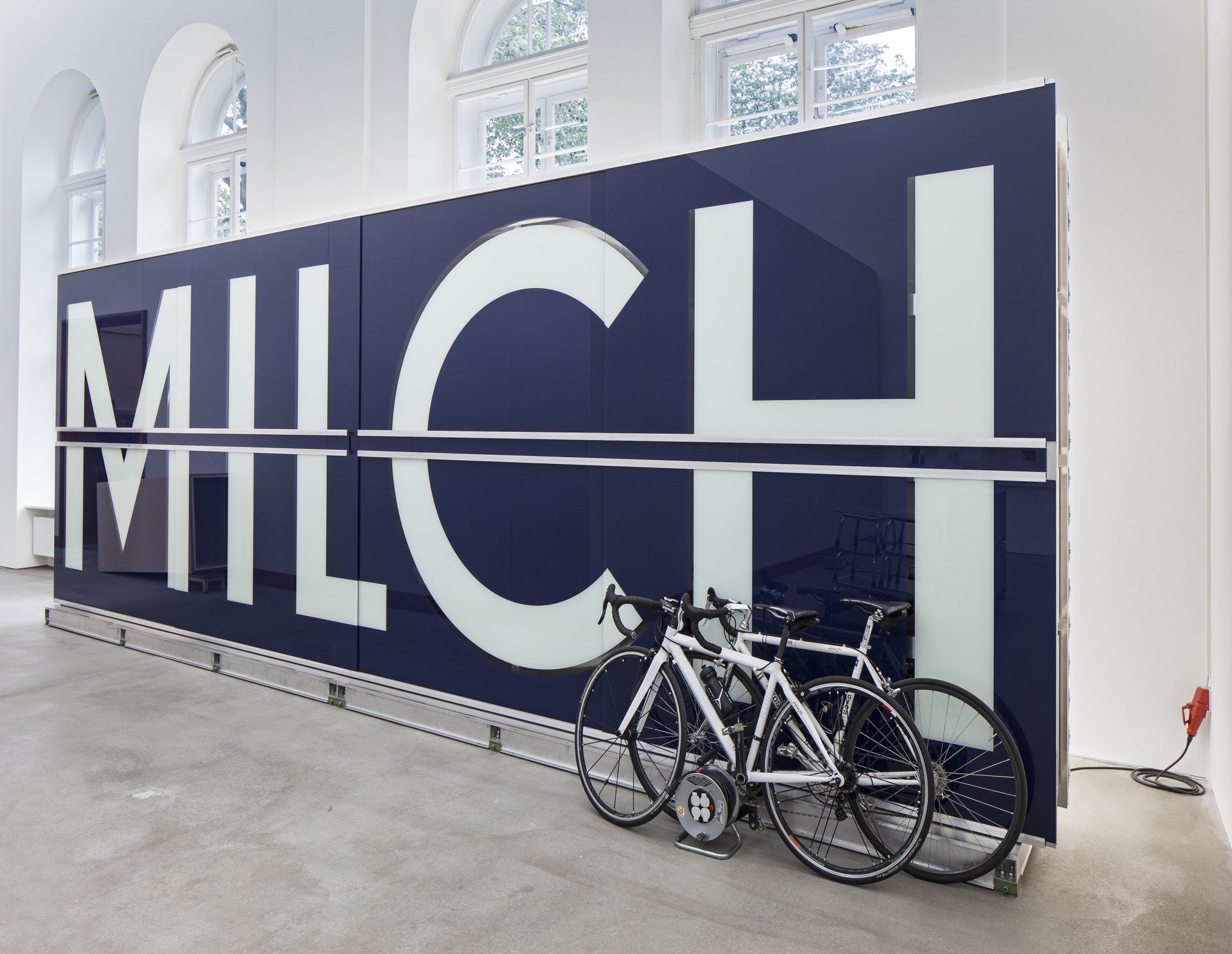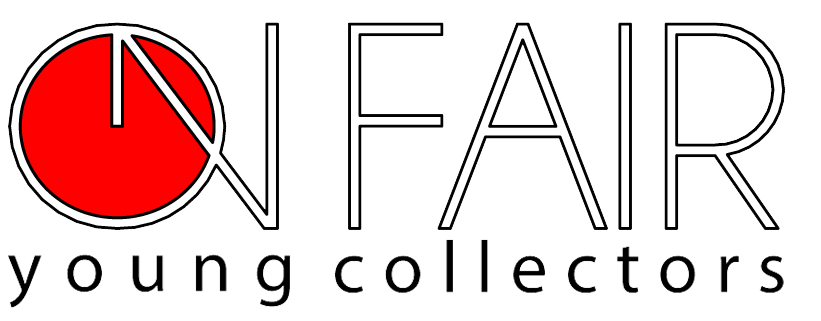Sticking together means growing stronger: That’s the lesson from the virtuous experience of Berlin Gallery Week-end.
Everything began ten years ago when twenty one gallery owners decided to pool their energies to encourage collectors to visit Berlin, the “poor but sexy” (as Mayor Wowereit defined it) renovated capital of Germany. Today fifty galleries participate in the Berlin Gallery Week-end and it has become one of the world’s most successful and cutting-edge events dedicated to contemporary art. More than 20,000 visitors (twice as many as last year) came. As an OnFair member, I was invited and able to observe what happened.
The key factors making Berlin the place to be for collectors and art professionals are many and specific to Berlin.
First of all, a thriving artist community: according to the municipality, about 5000 artists are settled in Berlin, most of them coming from abroad. They were attracted by reasonable rents (even if this was more the case some years ago) and this has gradually led to a gentrified city where the creative community is dominant.
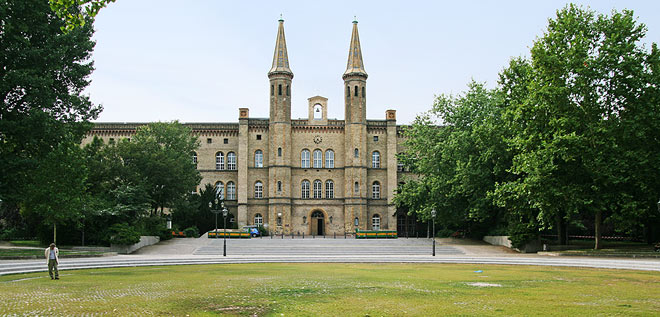 In the photo: Kunstraum Kreuzberg / Bethanien
In the photo: Kunstraum Kreuzberg / Bethanien
In some ways, artists’ presence reshaped the identity of buildings scheduled for demolition, such as the Kunstraum Bethanien in Marianneplatz, Kreuzberg. The rooms of this former Prussian hospital have been reconverted in hundreds of artist studios after a forceful occupation took place at the initiatives of activists and citizens in the late 1970’s. I had in this respect a very interesting meeting with Daniela Comani, Italian born but based in Berlin since the fall of the Wall. She kindly received us in her studio at the second floor of the building, in the former female section of the hospital, showing us both historical and more recent works, deeply rooted in the themes of history and sexual identity.
Besides the prolific artist production, what makes Berlin Gallery Week-end such a top art destination is the density of prominent galleries. On that occasion, they mostly featured museum-quality pieces that offer the viewers a satisfying and complete combination of both established and emerging / avant-garde artistic practices.
Split between four neighbourhoods (Charlottenburg, Mitte, Kreuzberg and Schöneberg), galleries occupy enormous spaces where artists enjoy literally no limits to express themselves.
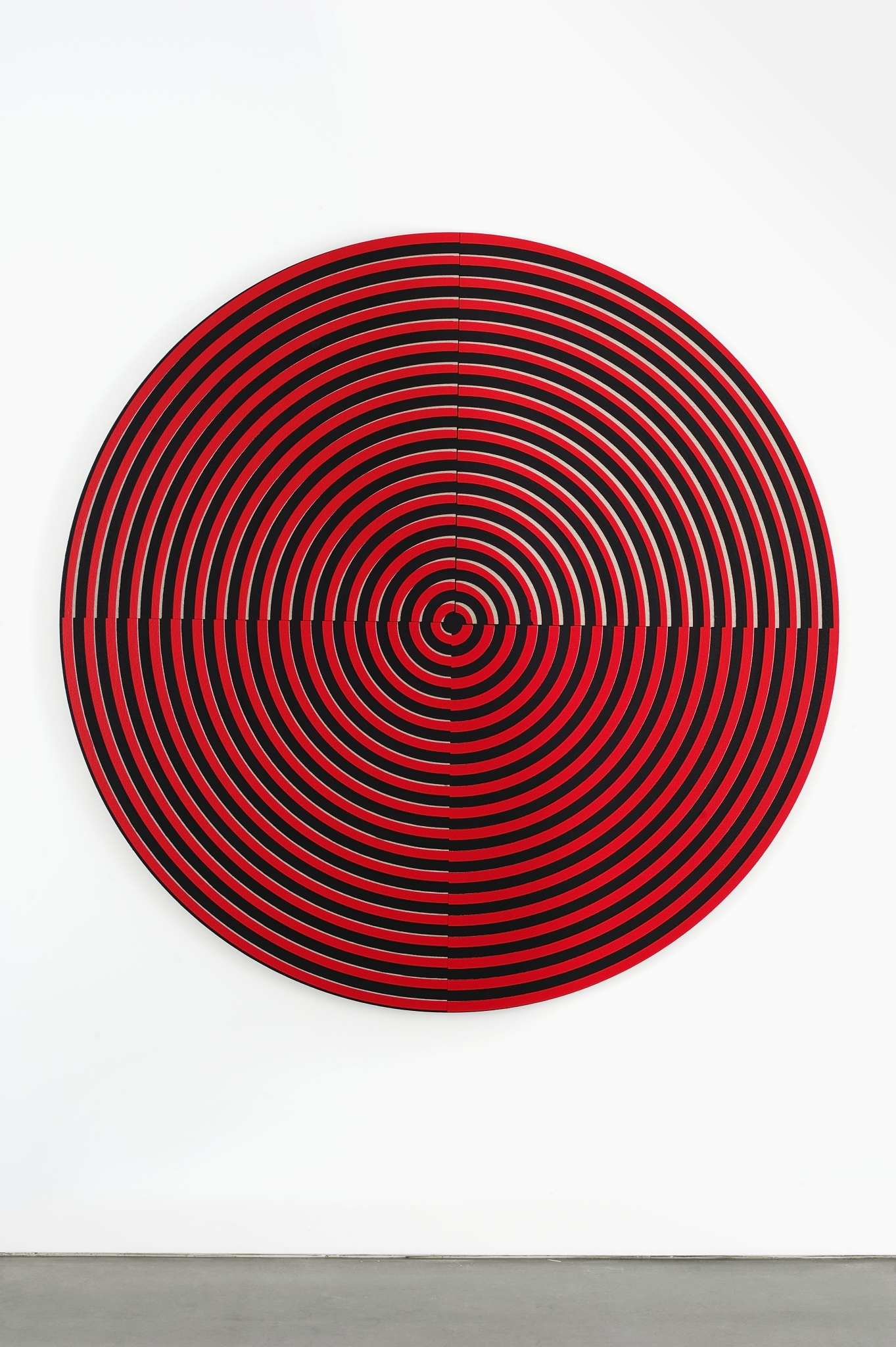 In the photo: Ned Vena from Société Gallery
In the photo: Ned Vena from Société Gallery
For instance, in Mitte, Sprüth Magers presented three astonishing shows. In the gallery hall, German artist Reinhard Mucha, with his big installation consisting of four groups of works covering three decades of research, the so-called Frankfurter Block. At the second floor a tribute to the Swiss artist duo Fischli/Weiss with the “Accumulation room”, also showing three decades of activity. Finally, a touching selection from the series Hustlers from the acclaimed photographer Philip-Lorca Di Corcia.
On the other site of the Mitte, close to Augustastrasse, Kewenig Gallery refurbished a spectacular neoclassical building. The eye is immediately drawn by the elegant interiors, in perfect dialogue with the retrospective show of conceptual artist Bertrand Lavier.
Talking about outstanding locations: König Gallery organized Michael Sailstorfer’s show in a deconsecrated church in Kreuzberg.
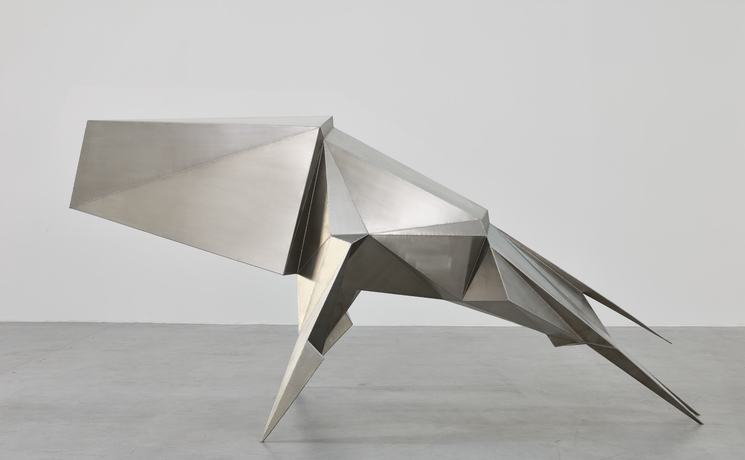 In the photo: Lynn Chadwick Beast Alerted I 1990. Welded stainless steel. (Blain Southern Gallery)
In the photo: Lynn Chadwick Beast Alerted I 1990. Welded stainless steel. (Blain Southern Gallery)
In many ways, the 2014 Berlin Gallery Week-end was also characterised by a “throwback” trend. Many galleries proposed a selection of works from artists of past generations, such as Lynn Chadwick’s delicate bronze sculptures dating back to the 1950s-60s at Blain Southern, or the exhibition of Philip Guston, an American abstract expressionist artist, at Auriel Scheibler.
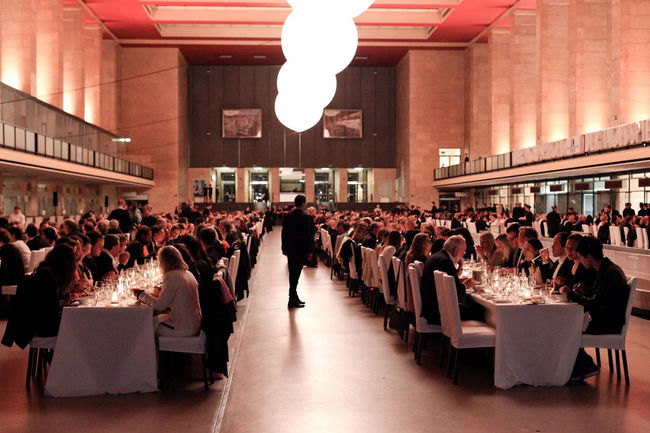 In the photo: Former arrival hall at Tempelhof airport serving as location for the Gala dinner.
In the photo: Former arrival hall at Tempelhof airport serving as location for the Gala dinner.
Very much old-fashioned was also the setting of the gala dinner that takes place every year on Saturday night. The chosen location this year was the arrivals hall of the ex-Tempelhol airport, capable of hosting up to 1000 persons, amongst gallerists, artists, curators, and of course collectors.
Apparently, it seems that Berlin-based dealers were the first to embrace the logics of “sticking together allows us to grow stronger”, setting themselves to a common goal, rather than falling into rivalry and opportunistic goal-setting.
As a result, Berlin’s galleries network has so far created a notable virtuous circle based on their own strengths while many other cities are still striving to adopt the same strategy. Paris, for instance, opened at the end of May its own Choice’s Collectors Gallery Week-end, while London is celebrating its Art Week in July and Brussels in September.
At a time when galleries are striving to look for new business models to stand out in a globalised art world, here we have the proof that getting organised and conveying common goals can result in a powerful and strong response to this challenge.
In the cover photo: Mucha courtesy Sprueth Magers ( Located in Berlin and London, Sprueth Magers is one of the world’s leading contemporary art galleries, representing emerging and established artists.)
Check also out the previous articles about art fairs:
WHEN ART IS A TRANSFORMATIVE EXPERIENCE : ART DUBAI by Ilaria Sgaravatto
MILAN AND MIART, BOOMING CONTEMPORARY ART by Alina Sartogo
Our website as well:


